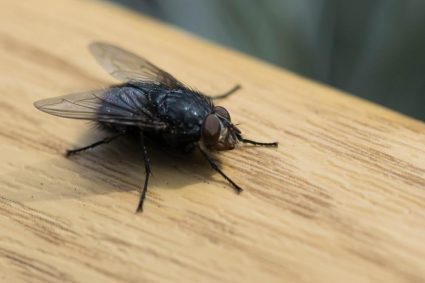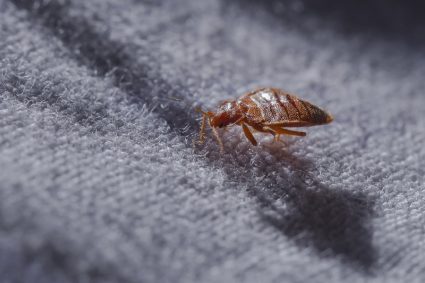
Flea and tick collars are a popular choice among pet owners seeking to protect their furry friends from these pesky parasites. But just how effective are they? In this comprehensive guide, we delve into the world of flea and tick collars, examining their functionality, effectiveness, active ingredients, and potential side effects.
Flea and tick collars can be effective in controlling these pests, but their efficacy can vary. Some collars, especially newer ones, offer protection for several months, while others may not be as effective as other treatments, such as topical or oral medications. The effectiveness also depends on the brand and type of collar. Always consult with a veterinarian before using a flea and tick collar to ensure it’s suitable for your pet’s specific needs.
What are Flea and Tick Collars?
Flea and tick collars are devices designed to ward off or eliminate fleas and ticks on pets. Made primarily of plastic, these collars contain insecticides that either repel or kill these pests. The collar works by releasing the chemicals, which then spread over the pet’s body via the natural oils on their fur and skin, providing continuous protection.
Some collars, like the Seresto® Flea and Tick Collar, use modern technology to enhance their effectiveness and safety. These advanced collars kill and repel fleas and ticks on contact, meaning the parasites don’t need to bite your pet to be affected.
How Effective Are Flea and Tick Collars?
Flea and tick collars can be an effective method of controlling these pests, but their efficacy can vary. Some collars offer protection for several months, while others may not be as effective as other treatments, such as topical or oral medications.
Topical flea and tick treatments, for example, can kill up to 90% of fleas and ticks within four hours of application and are effective for up to 30 days. Flea and tick collars, on the other hand, may take up to five days to reach the same level of effectiveness. However, they maintain over 90% efficacy for six months due to their slow-release mechanism.
It’s important to note that the effectiveness of flea and tick collars can vary depending on the brand and type of collar. Older collars that emit toxins as a gas may only kill fleas in close proximity to the collar. Newer collars release chemicals that spread over the pet’s body, providing continuous protection.
Active Ingredients in Flea and Tick Collars
Flea and tick collars contain various active ingredients, including:
- Imidacloprid and Flumethrin: Found in Seresto collars, these ingredients are slowly and continuously released onto the pet’s skin and fur, repelling and killing fleas and ticks.
- Permethrin: Popular and low-cost, permethrin collars can be very harmful to cats.
- Organophosphates: Older types of collars contain organophosphates, which can cause toxic reactions in dogs, cats, and possibly people if exposure is prolonged.
- Amitraz: Commonly found in Preventic products.
- Deltamethrin: Found in ShieldTec Flea & Tick Collar, it kills fleas by disrupting their nervous system function.
Potential Side Effects of Flea and Tick Collars
While flea and tick collars can be effective, they can also have potential side effects and risks. These include skin irritation, muscle twitching, abnormal heart rhythm, nausea, vomiting, diarrhea, trembling, seizures, and hair loss in pets. In humans, exposure to the chemicals can cause skin rashes, lesions, and nasal, ocular, or throat irritation.
How to Use Flea and Tick Collars Correctly
To ensure maximum effectiveness, it’s essential to use flea and tick collars correctly. Follow the manufacturer’s instructions, adjust the collar to fit snugly but comfortably around your pet’s neck, and monitor your pet for any signs of irritation or adverse reactions.
Conclusion
In conclusion, flea and tick collars can be effective in controlling these pests, but their efficacy may not be as high as other treatments. Always consult with a veterinarian before using a flea and tick collar and choose a product that is appropriate for your pet’s species, life stage, and weight class.
Frequently Asked Questions
Can I use a flea and tick collar on a pregnant or nursing pet?
It’s advisable to consult with a veterinarian before using a flea and tick collar on a pregnant or nursing pet. Some products may not be safe for use under these conditions.
Can I use flea and tick collars on kittens and puppies?
Some flea and tick collars are safe for use on puppies and kittens, but the age at which they can start wearing them varies by product. Always check the product label for specific age restrictions.
Can flea and tick collars be used alongside other flea and tick treatments?
In some cases, it may be safe to use a flea and tick collar in conjunction with other flea and tick treatments. However, it’s best to consult with a veterinarian to avoid potential overexposure to chemicals.
How often should I replace the flea and tick collar?
The duration of effectiveness for flea and tick collars can vary by product. Some last for a few months, while others can provide protection for up to eight months. Always refer to the product’s instructions for specific information.
What should I do if my pet shows signs of irritation or adverse reactions to the collar?
If your pet shows signs of irritation or adverse reactions such as redness, excessive scratching, or abnormal behavior, remove the collar immediately and consult with a veterinarian.












